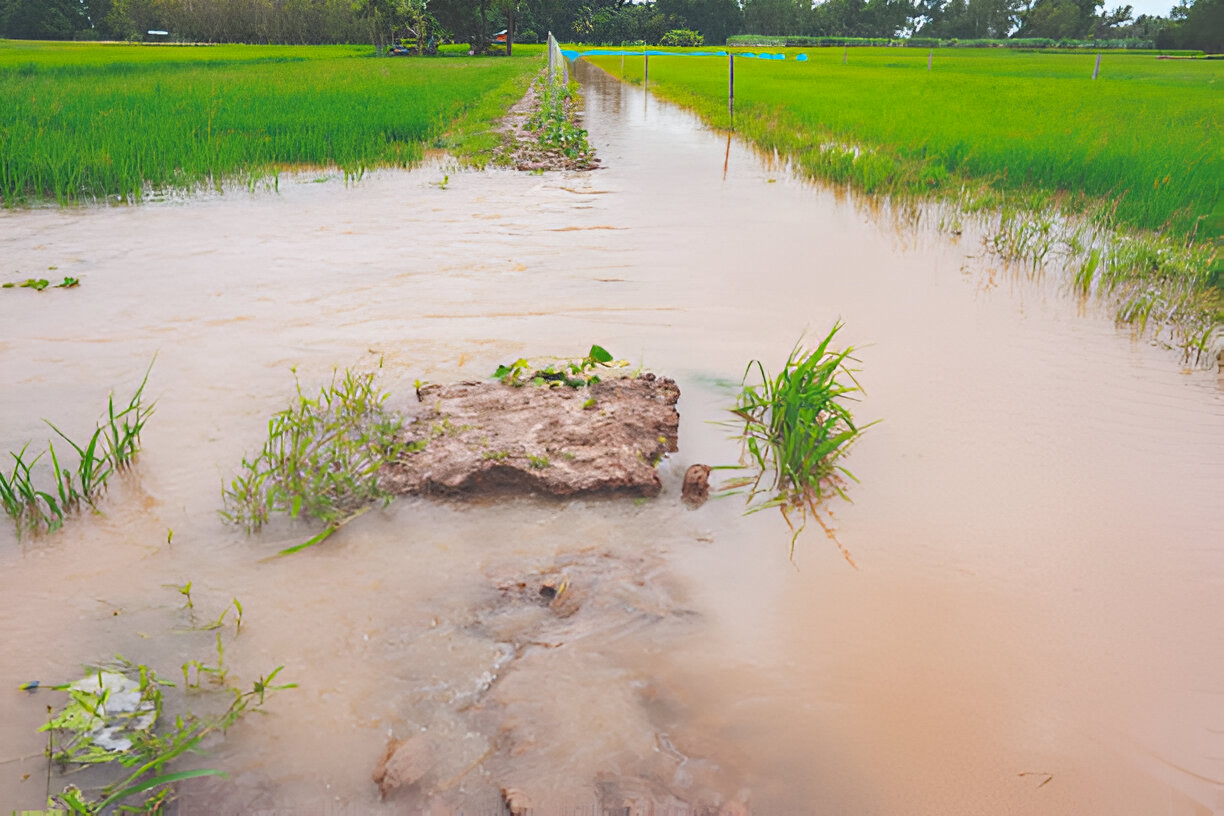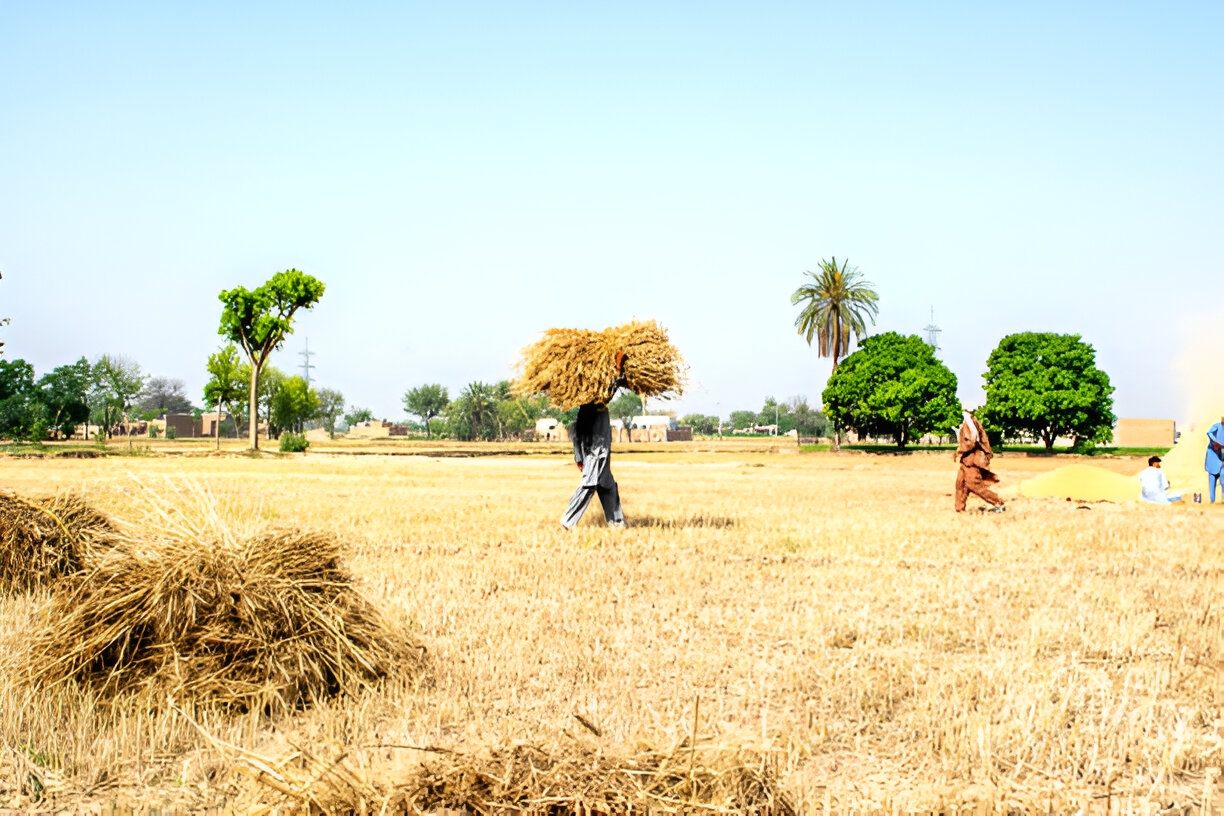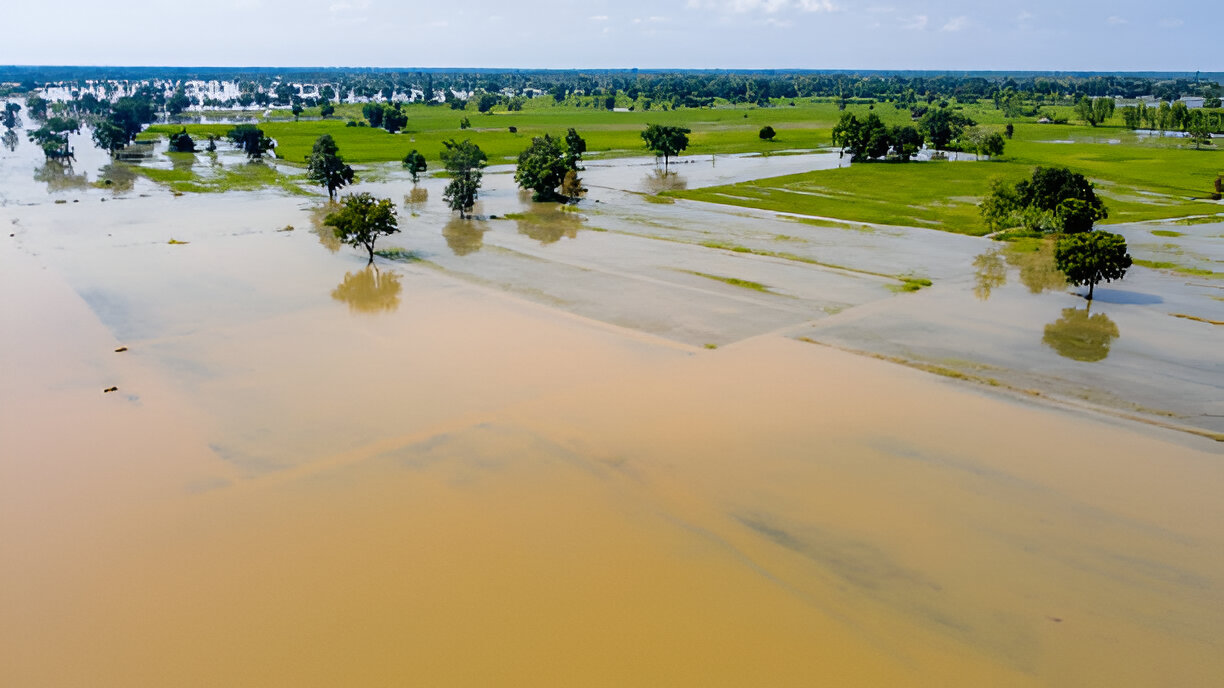
Floods have always been a recurring challenge for Pakistan due to its geographical location, heavy monsoon rains, and glacial melt. However, the 2025 floods have proven to be one of the most devastating natural disasters in recent years, leaving behind widespread destruction. Among the hardest-hit sectors is agriculture, the backbone of Pakistan’s economy. This article explores the agricultural damage caused by these floods and the looming food security risks the nation faces.
Table of Contents
ToggleThe Vital Role of Agriculture in Pakistan
Agriculture is a lifeline for millions of Pakistanis, employing over 37% of the workforce and contributing around 19% to GDP. The Indus Basin irrigation system, one of the world’s largest, supports fertile plains in Punjab and Sindh, making these provinces the agricultural hubs of the country. Key crops such as wheat, rice, sugarcane, and cotton, along with livestock farming, form the foundation of Pakistan’s economy.
With such reliance on agriculture, any natural disaster impacting crops and farmland has a direct effect on national food supplies and livelihoods.

The Scale of Agricultural Losses in 2025 Floods
The 2025 floods swept across several provinces, inundating thousands of hectares of farmland. Entire villages were submerged, irrigation channels were destroyed, and crops ready for harvest were washed away.
Some of the major agricultural impacts include:
- Crop Destruction: Cotton and rice crops suffered the most damage, particularly in Sindh and Punjab, leading to massive financial losses.
- Livestock Casualties: Thousands of cattle and poultry perished, causing a shortage of dairy and meat supplies.
- Irrigation Infrastructure Damage: Canals, embankments, and drainage systems were heavily damaged, reducing future farming capacity.
- Soil Fertility Decline: Silt deposits and contaminated floodwater left many areas unsuitable for immediate cultivation.

Food Security Risks Following the Floods
The agricultural damage from these floods is not just an economic loss—it’s a looming food crisis. Here’s how:
- Reduced Crop Yields: With farmland submerged and irrigation systems destroyed, future planting seasons will see reduced yields.
- Food Price Inflation: Shortages of staple crops like wheat and rice will cause prices to rise, hitting low-income households the hardest.
- Nutritional Deficiency Risks: Livestock loss and reduced access to vegetables and fruits will worsen nutritional gaps.
- Export Reductions: Pakistan’s agricultural exports, including cotton and rice, will decline, affecting foreign exchange reserves.
- Rural Poverty Increase: Farmers and rural communities, already vulnerable, will face extreme financial hardships.
Government and NGO Response
Government agencies and humanitarian organizations are stepping in to provide emergency relief, including:
- Distribution of Seeds and Fertilizers: To help farmers replant crops.
- Livestock Support Programs: Veterinary care and replacement programs for lost cattle.
- Rehabilitation of Irrigation Systems: Reconstruction of dams, canals, and embankments.
- Financial Aid Packages: Compensation for flood-affected farmers and households.
Long-Term Solutions to Prevent Agricultural Losses
To protect agriculture from future disasters, Pakistan needs to invest in:
- Flood-Resilient Infrastructure: Building dams, embankments, and advanced irrigation systems.
- Climate-Resilient Crops: Developing and promoting crop varieties that can withstand floods and droughts.
- Early Warning Systems: Strengthening forecasting and alert mechanisms for farmers.
- Land Use Planning: Avoiding agricultural expansion into flood-prone areas.
- Farmer Education: Training farmers on disaster preparedness and sustainable farming techniques.
Conclusion
The 2025 floods are a wake-up call for Pakistan’s agricultural sector and policymakers. Without urgent action, the combination of climate change, poor infrastructure, and flood vulnerability will continue to threaten food security. By focusing on sustainable farming, infrastructure improvement, and climate adaptation strategies, Pakistan can recover from this disaster and safeguard its agricultural future.
